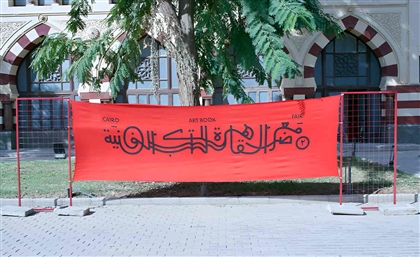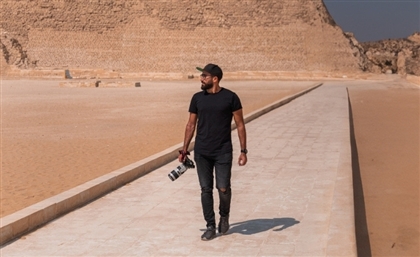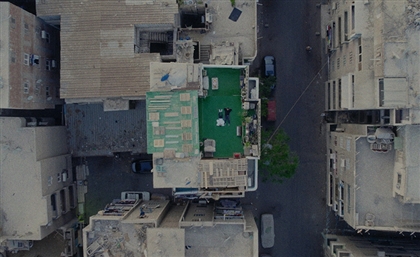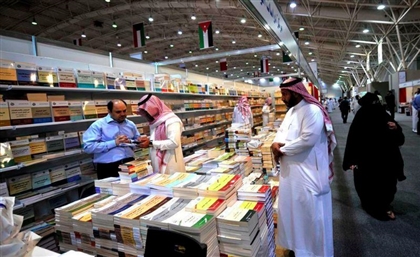Kahhal Looms Unveils Designer Carpets Collection at Bayt al-Razzaz
Embracing Historic Cairo - not as onlookers, but as active participants. From its buildings to its people and legacy.
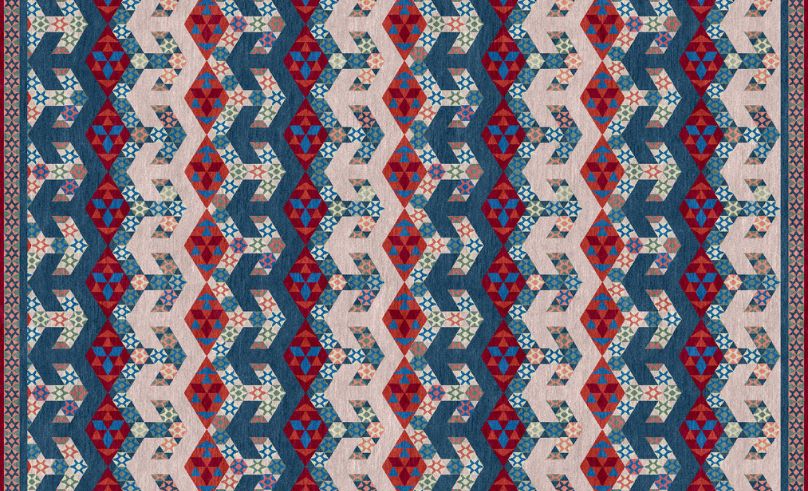
Originally Published on October 27th, 2024
Some things never change, like the allure of Historic Cairo and the enduring legacy of carpets within its centuries-old courtyards. For generations, carpets have been woven into the very fabric of Cairo’s cultural and architectural identity, playing a central role in the life of its historic homes.
From the rhythmic weaving in ancient souks to the geometric intricacies of Mamluk architecture, carpets have served not only as décor but as symbols of craftsmanship, spirituality, and storytelling. In 2024, 500 years after Bayt al-Razzaz was first built, this celebration continues.
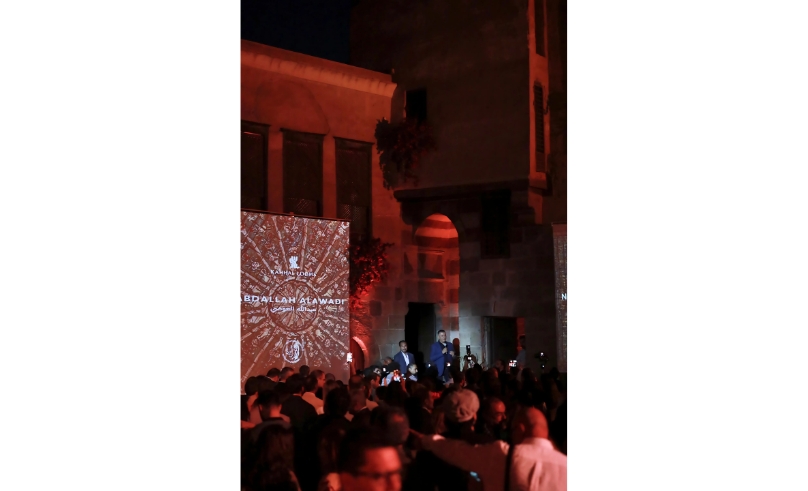
Dating back to the 15th century, Bayt al-Razzaz hosted an unprecedented fundraiser as Kahhal Looms unveiled carpets envisioned by globally acclaimed artists and designers Azza Fahmy, Nada Debs, Louis Barthelemy, and Abdulla Al Awadi. Held in collaboration with the Egyptian Heritage Rescue Foundation, the event aimed to support critical restorations in the 500-year-old house.
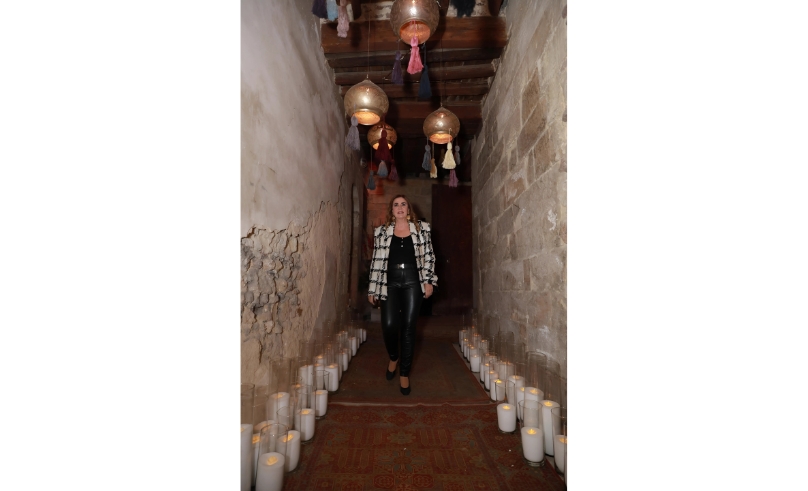
This marks the first time that a private sector initiative has directly contributed to a restoration project of this scale. Historically, projects of this nature rely on public funding, often requiring lengthy applications and approvals. This initiative breaks ground by merging private, public, and civil efforts to preserve Egypt’s heritage.
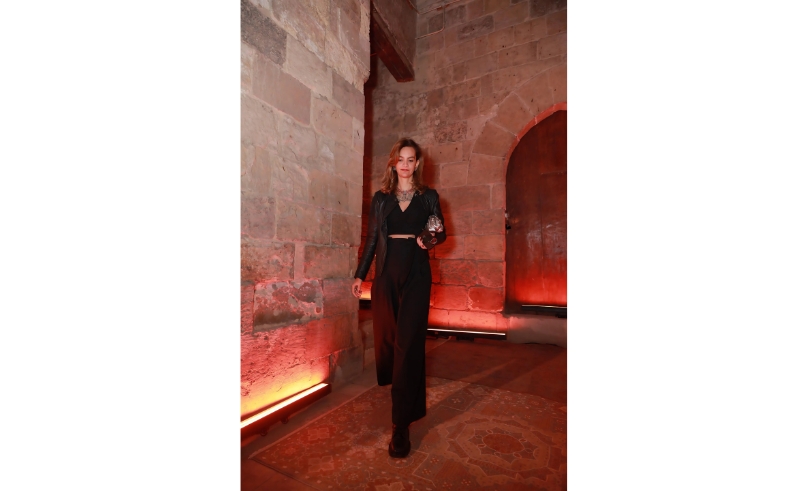
At the heart of this collaboration is a passion for both craft and community. Kahhal Looms, a century-old family-run carpets manufacturer, saw this project as an opportunity to merge traditional craftsmanship with innovative design, reinforcing the connection between Egypt’s artistic past and its evolving future.
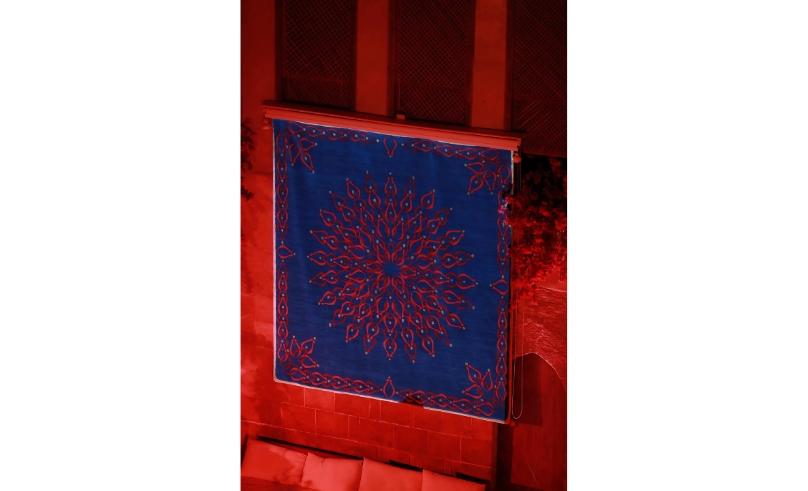
The carpets, which bring Mamluk heritage alive through intricate designs and carefully considered symbolism, serve as a bridge between the architectural majesty of Bayt al-Razzaz and the skilled hands that keep its history alive. The designers spent time exploring Bayt al-Razzaz and interacting with its unique features. Through multiple visits, they immersed themselves in its frescoes, stained glass windows, and carved ceilings. The result was a collection that highlighted the geometric patterns, motifs, and subtle intricacies characteristic of the Mamluk aesthetic.
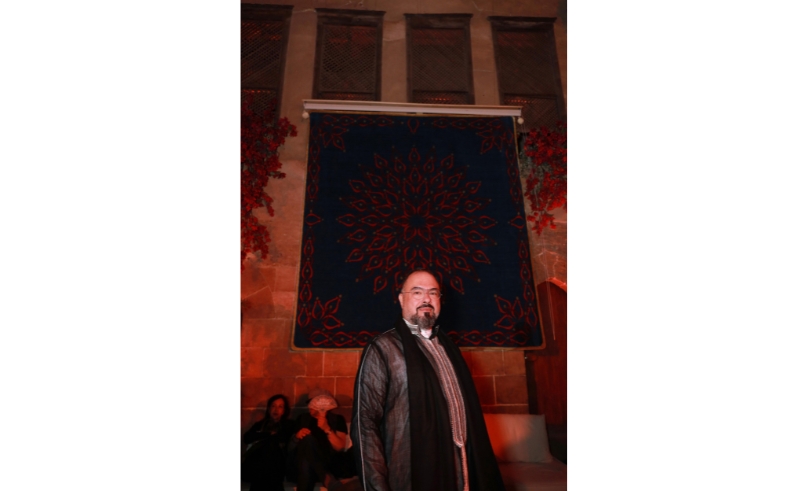
Kuwaiti architect and photographer Abdulla Al Awadi created the intricate carpet ‘Ruz in Da House,’ inspired by the Arabic calligraphy for “rice” and its historical ties to the house. Lebanese designer Nada Debs, recognised as one of the most influential figures in product design, crafted a piece titled ‘Shubbak,’ which celebrated the Mamluk architectural elements. Multidisciplinary artist Louis Barthelemy unveiled ‘Reflecting on Razzaz,’ a visual narrative capturing the textures and history of the house, while world-renowned jewellery designer Azza Fahmy presented ‘Mamluk Lines,’ a tribute to the era’s artistry.
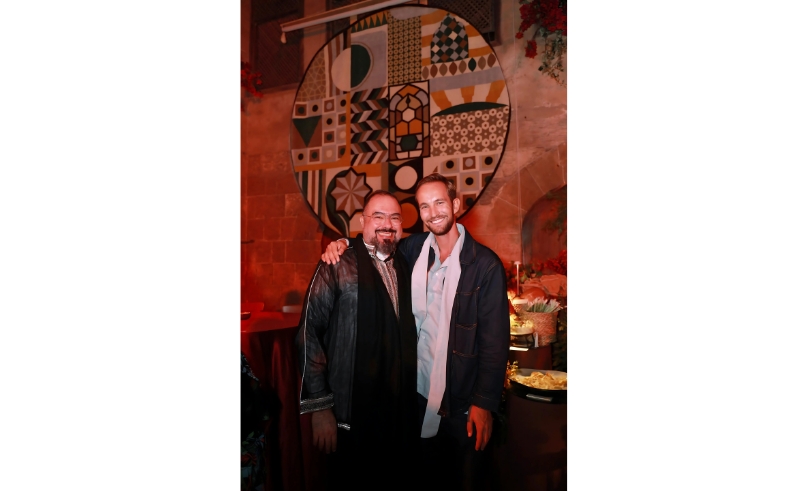
“I’ve always strived to celebrate Arabic calligraphy through my work. The rice trade played a key role in the house’s history and its naming,” Al Awadi tells SceneHome. “The Arabic word for ‘rice’ shares the same shape, with the only difference being a single dot. I grounded my design in an ode to the house’s history, its name, and the beauty of our language.”
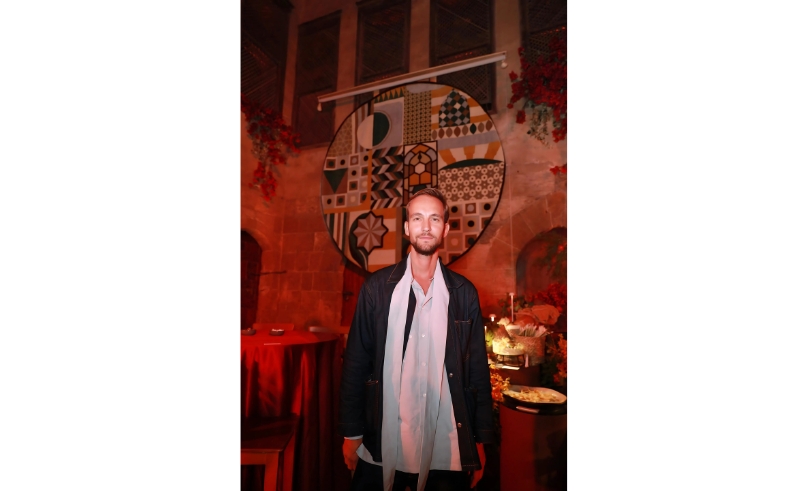
In ‘Reflecting on Razzaz’, Louis Barthelemy draws a myriad of inspirations. “You can find inspiration in everything you see at Bayt al-Razzaz. I was drawn to the lines, patterns, and varieties; it seemed almost playful, and I knew my design had to follow suit,” he tells SceneHome. “This rug pays homage to the spirit of the house, translating the visual elements I admired into a graphic and compelling design. Like a spiral of enchanting patterns, they are woven in colours that reflect Cairo’s essence: saffron, soft sky blue, warm greys, and shades reminiscent of dust,” Barthelemy adds.
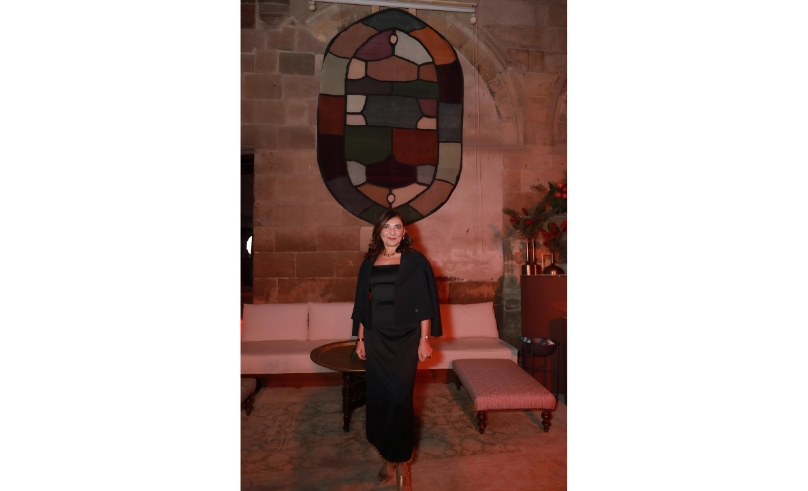
Upon visiting Bayt al-Razzaz, Nada Debs entered one of its many halls to find herself frozen still, completely captivated by one of its stained glass windows. “I mirrored the pattern to create symmetry and selected muted tones to lend the piece a sophisticated feel,” Debs tells SceneHome. “I collaborated with Kahhal Looms to explore various weaving techniques that could be applied to each colour, adding depth and texture. The nuanced craftsmanship not only enhances the rug’s design but also challenges the artisans to push the boundaries of their skill,” she adds.
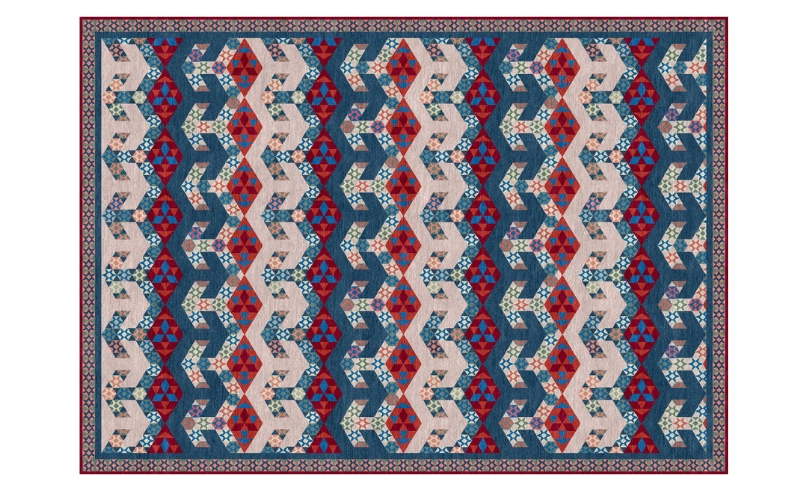
Azza Fahmy, on the other hand, chose to celebrate the Mamluk era in its entirety, creating a visually stimulating ode to the era’s immaculate geometry. “I loved the idea of designing a carpet, especially one inspired by the Mamluk era,” she tells SceneHome. “I was eager to see how the weavers would translate its brilliant geometric motifs because craftsmanship is an integral part of the creative process,” Fahmy explains. “I’m interested in history, heritage, and culture. A nation without history is a nation without character.”
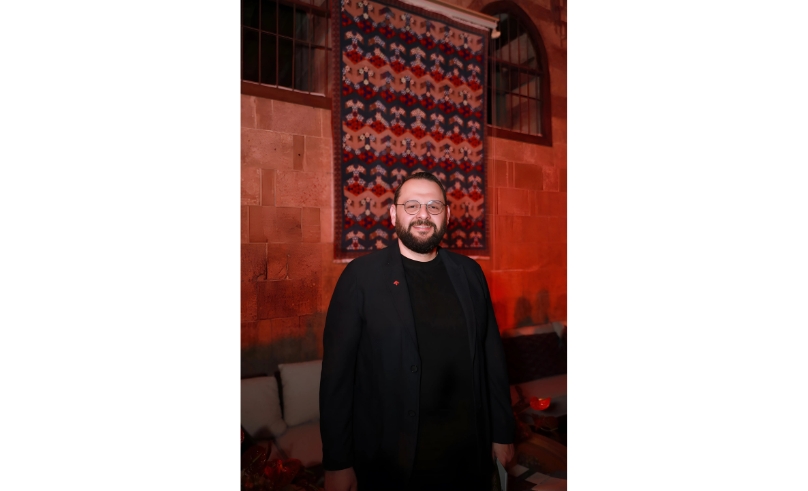
During the fundraiser, Abdulla Salam, CEO of Madinet Masr, secured Azza Fahmy’s one-of-a-kind carpet design, demonstrating a commitment to preserving Egypt’s cultural legacy. Mohamed El Hout, CEO of GLC Paints, successfully bid on Abdulla Al Awadi’s piece, ‘Ruz in Da House,’ which honoured the heritage of Bayt al-Razzaz. Celebrated Bahraini artist Sheikh Rashid Al Khalifa acquired Louis Barthelemy’s and Nada Debs’ works, reflecting a continued dedication to supporting artistry and cultural restoration.
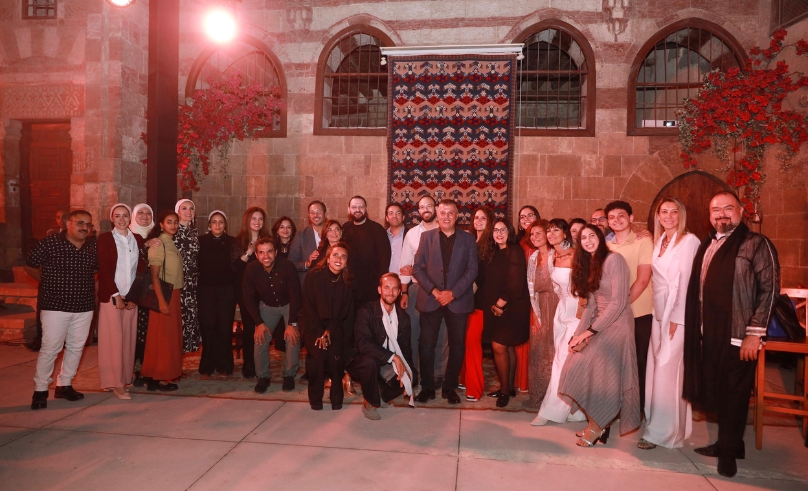
Abdelhamid Salah Al-Sharief, Chairman of the Egyptian Heritage Rescue Foundation, adds, “Our goal is to write a new chapter in heritage conservation, where civil society and investors collaborate to protect our shared cultural legacy.”
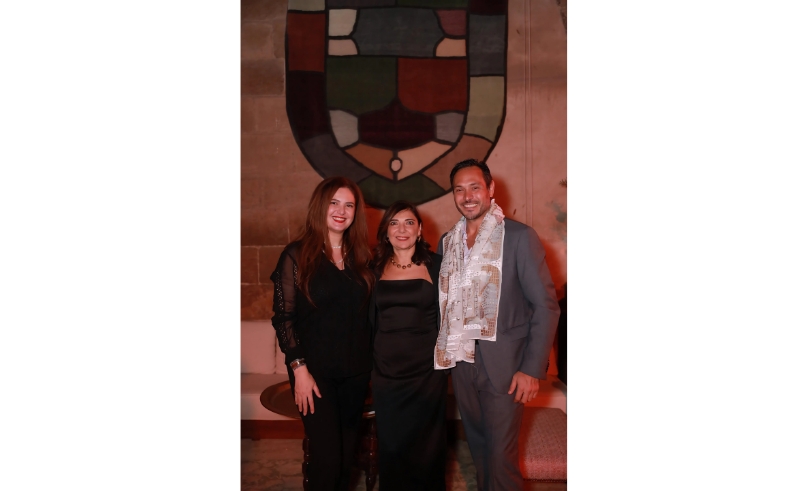
“We hope this becomes a case study on how civil society, and the public and private sectors, can work together through design and craft to honour and sustain Egypt’s invaluable heritage,” Mohammed El Kahhal, Co-Founder of Kahhal Looms, tells SceneHome. The fundraiser not only reinvigorated the historic home but also signalled a larger movement. As Dr. Omniya Abdel Barr, the Head of Development at EHRF, explained, the effort extends beyond the walls of Bayt al-Razzaz. It involves engaging with the surrounding community through craft, education, and social initiatives.
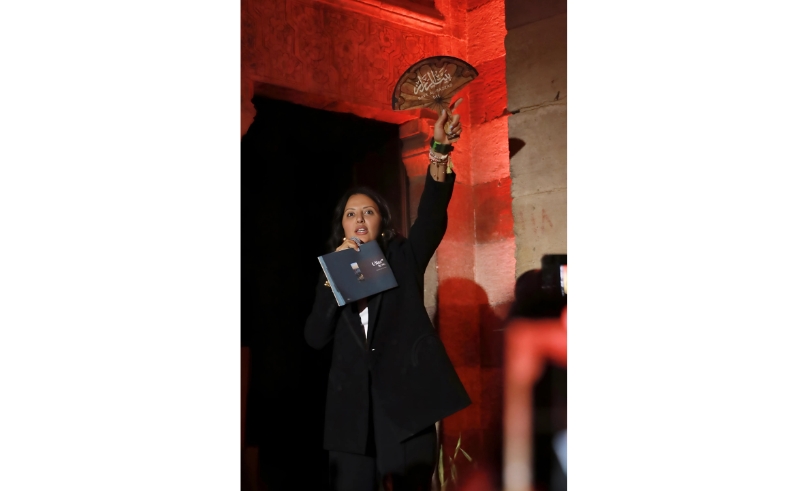
Bayt al-Razzaz, with its architectural grandeur and cultural significance, stands as a testament to the rich history of Cairo and the potential for its continued revitalisation. Projects like these are essential to encourage future generations to interact with and appreciate their heritage, ensuring that these historic spaces continue to be celebrated and preserved.
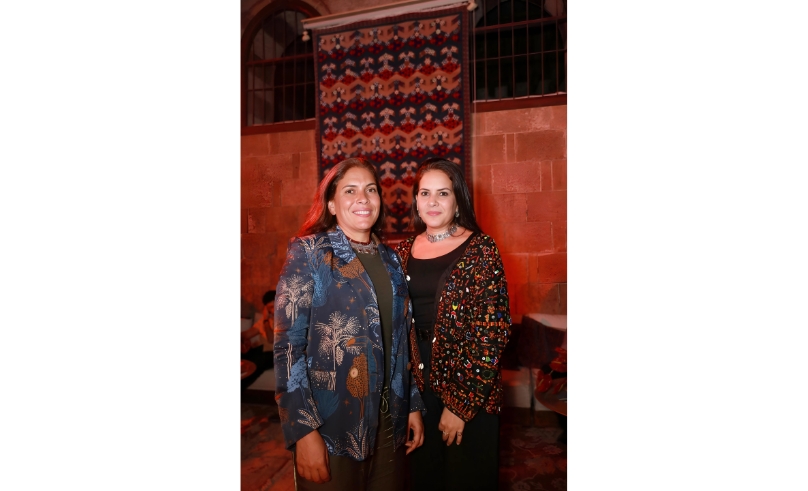
The evening at Bayt al-Razzaz was more than just a fundraiser; it was a celebration of history, craftsmanship, and community. The collection of carpets was not merely a reflection of the house’s architectural beauty but also a narrative of Egypt’s legacy in textiles and craft. The event emphasised the potential of Historic Cairo, inviting everyone to step into its courtyards, embrace its stories, and contribute to its enduring preservation. Through collaborative efforts like this, Historic Cairo remains not just a memory of the past but a living testament to resilience, creativity, and shared heritage.
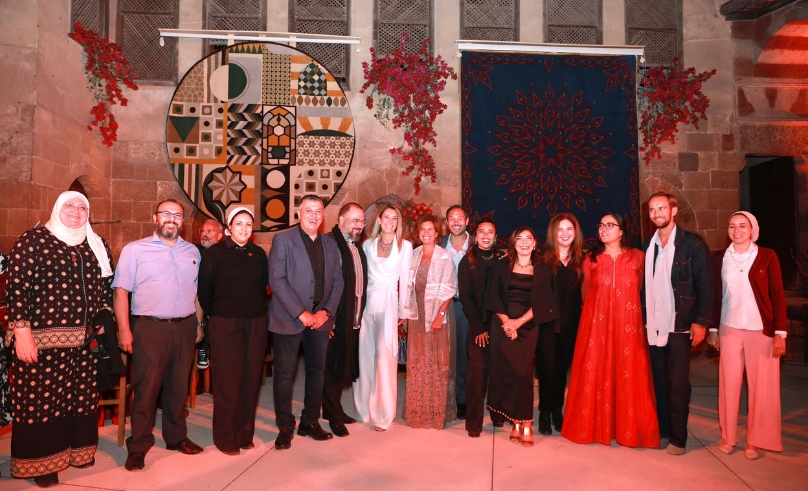
Above all, the evening at Bayt al-Razzaz was about a collective effort - a gathering of people who dedicated their time, energy, and resources to express their deep care for Cairo’s heritage. At a moment when the preservation of historic areas is more critical than ever, events like this become a vital statement. The renewed focus on these places isn’t just timely - it’s essential, as they stand at a crossroads of fragility and significance. The gathering at Bayt al-Razzaz sent a message that the legacy of Historic Cairo endures through our collective efforts and that it’s worth safeguarding, nurturing, and cherishing.
- Previous Article Egypt Becomes First Arab Nation to Chair FAO Council
- Next Article Six Unexpected Natural Wonders to Explore in Egypt
Trending This Week
-
Dec 12, 2025








